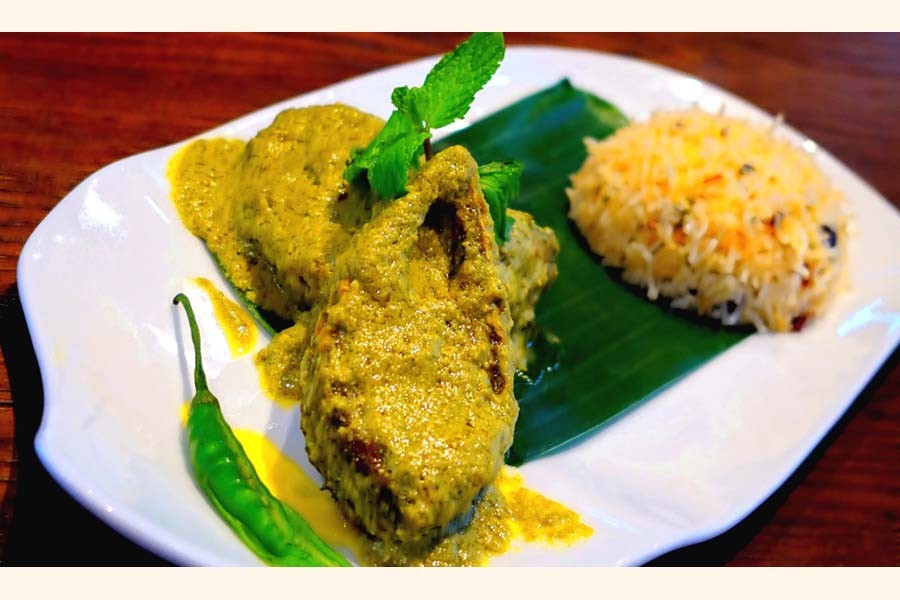Organising festivals has for some time been in vogue in the country. Their themes are related to both tangible and intangible objects. These festivals have varied characters with the participation of different classes. The only feature found common in them, many described as national festivals, is their exclusively urban character. Mainly limited to the urban elite, they have narrow spheres. These events revolve round subjects ranging from the features of seasons, cultural occasions to nationally important objects.
In the earlier days, the word 'festival' used to connote widely participated socio-cultural events. It's only lately that festivals have included dozens of previously unlikely occasions or objects. Despite mango's being the king of fruits for ages in the land, its inclusion in the list of festival themes is a recent phenomenon. The same fact applies to saris, recreational activities like kite flying, gardening and flowers as well as display of trees. Nowadays, any socio-culturally and nationally significant product can demand a place in the annals of festivals. Festivals welcome 'pithas' (traditional rice cakes) as they do jute and leather products.
In line with this, different organisations periodically arrange shows of Jamdani products. Obviously, the events have started drawing more people after Jamdani received the geographical indication (GI) certification in 2016. The fabric's recognition had long been overdue. Yet its appeal being largely confined to the country's urban pockets, the idea of a nationwide festival of Jamdani has not yet taken hold.
But hilsa's is a different case. The national fish, Ilish in Bangla, won the status of a GI product in 2017. A countrywide festival featuring hilsa-related pageantry, culinary displays, different types of demonstrations coupled with seminars and talks on the fish warrants the urgency in organising it. The GI recognition has enhanced the fish's global position in many ways. The yield of hilsa has been on continued rise in the recent years. The internationally accepted GI tag ensures better export gains for a previously localised product in the form of duty cuts and market access.
Upon getting the GI recognition, the delicious popular fish has generated a new type of interest among the connoisseurs. Against this backdrop, the week-long 9th Chaturanga Hilsa Festival-2017 concluded recently at Chandpur town on the Meghna. The river port-town has been witnessing brisk commercial activities surrounding hilsa since long. The festival, as expected, drew a greater number of people than on the previous occasions. The success of these locally organised events may inspire others to hold such festivals elsewhere in the country.
Holding a hilsa festival on a grand scale in Dhaka can greatly add to the efforts to innovate festivals showcasing the other items of national repute. Such festivals could be organised in varied ways. Apart from the smaller displays and fanfare, a day could be fixed for holding the hilsa event annually. On this day, cooked hilsa could be distributed for free amid cultural get-togethers and carnivals. The department of fisheries could be given the responsibility for organising it. It is both the socio-cultural and nutritional-commercial aspects of hilsa, along with fishing regulations, which ought to be in focus.
However, many may question the festival's rationale. Festivals surpass the periphery of mere utility. The younger generation is likely to benefit from the display of various facets of the fish. A national 'Ilish Utsab' or hilsa festival once a year may go a long way towards enriching our identity as a nation with many gifts of nature.


